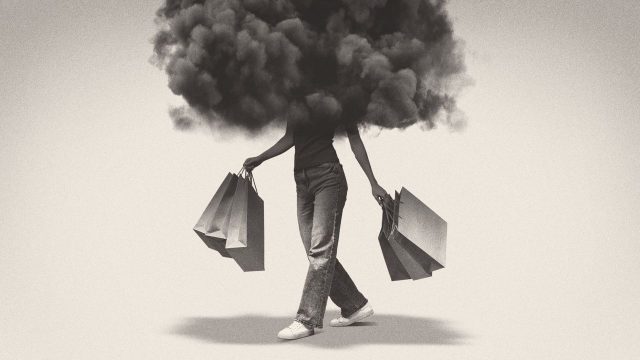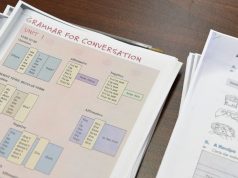
In just a matter of days, millions of people will rouse themselves from their tryptophanic stupors to brave the crowds in search of marked-down electronics and deals on exclusive home goods. But while Black Friday typically stands as an annual corrective for the retail industry — “black,” in this case, meaning “no longer in the red” — this year’s shopping extravaganza will be tempered by the same uncertainty that has permeated the broader global economy all year. As the Trump administration continues its agenda of massive global tariffs, a growing number of consumers and retailers alike are looking to Black Friday with a little more trepidation than in years past.
Big crowds and high prices
Some 186.9 million shoppers are expected to engage in some form of retail therapy over the five-day stretch from Thanksgiving to Cyber Monday, 130 million of whom are anticipated on Friday in particular, said the National Retail Federation in a release. “Unprecedented numbers” of shoppers aside, said Reuters, customers are still “likely to curtail their spending” thanks to tariff-affected prices. Although “sticker shock alone” might be enough to “deter” some Black Friday shoppers, others are “budgeting for the increased costs of other necessities.”
This is a “very strange year” for purchasing, with a “lot of challenge on the retail front,” said Sonia Lapinsky, leader of fashion retail at AlixPartners, to Bloomberg. After weathering the first round of tariffs this summer, companies “just don’t have the room” to offer deals as they have in years past.
Although tariffs have “always been a behind-the-scenes cost factor” for retailers, this year their impact is “ far more visible,” said Kiplinger [The Week and Kiplinger are both owned by Future Plc]. Black Friday deals usually involve retailers “buying huge quantities in advance” at discounted prices, but tariffs have made those costs rise, lowering the profit margins. Add to that “lingering inflation and higher shipping and labor costs,” and stores are “opting for smaller markdowns, bundled offers, or heavily restricted ‘doorbusters’” deals which, while less dramatic than deep price cuts, are designed to “protect profitability.”
‘More strategic’ shopping
Even before stores began ramping up their Black Friday promotions and deals, many consumers began shopping early this year, to “make the most of sales events like Amazon Prime Day” and to “get ahead of tariff-induced price increases,” said CNBC. Shoppers are being “more strategic” in their purchasing plans, said RetailMeNot retail insights expert Stephanie Carls to the network. People are using “every tool that they can to protect those budgets.”
While big-box retailers have stocked up on inventory bought pre-tariffs to “keep their prices consistent and their margins padded” enough for the Black Friday rush, independent sellers have “shied away from blowout sales” to focus on more “transparent everyday pricing,” said New York magazine. But for as much as the shifting sands of Trump’s tariff policies may have cast a pall over this year’s Black Friday, the “real trouble” might be yet to come, once stockpiled goods are “sold through and there’s a new year to plan for and the tariffs are likely unchanged.”
Retailers and shoppers alike are starting to reassess their seasonal prospects as the Trump administration’s efforts to upturn the global economy start hitting close to home




